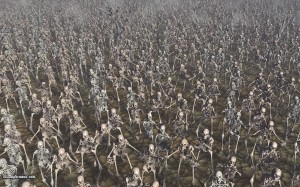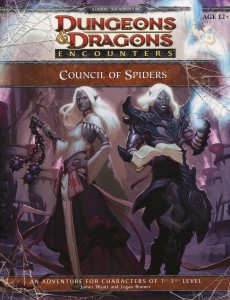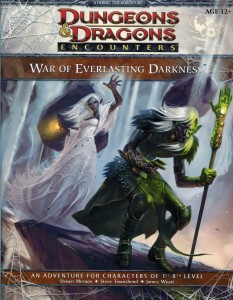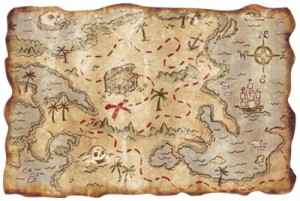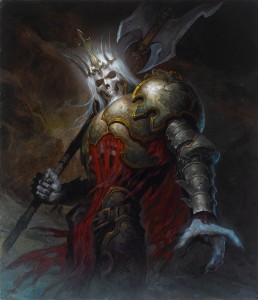 Becoming undead isn’t something that many PCs aspire to; in fact I don’t think it’s an aspiration anybody aspires to. Death may be terrible and even unexpected, but why would anyone want to become undead? I guess it really depends on what kind of undead we’re talking about and why the individual wants to extend their natural lifespan.
Becoming undead isn’t something that many PCs aspire to; in fact I don’t think it’s an aspiration anybody aspires to. Death may be terrible and even unexpected, but why would anyone want to become undead? I guess it really depends on what kind of undead we’re talking about and why the individual wants to extend their natural lifespan.
In most cases the transformation isn’t by choice. An unsuspecting victim becomes undead because they were killed by some un-living creature. The most likely possibilities are that you were bitten or scratched by a Zombie, Ghoul, or Vampire before you died. If this happens to a PC it’s game over for that character and time for the player to roll up a new one. The character’s undeath is treated the same way as the character’s death.
For players who really want to play undead characters they have to make that decision during character creation. They can play the Revenant or Vryloka races or they can choose the Vampire class. But if these options don’t appeal to players, a willing DM might allow a few other options. After all there are intelligent creatures that deliberately and often willingly become undead, take the Lich and Mummy, for example.
It’s assumed that a lot of the intelligent undead creatures took deliberate steps while they were alive to ensure that they could live on in undead form. Although D&D usually depicts powerful, intelligent undead as evil monsters, there is a good chance that before this villain became the undead entity the party is desperately trying to defeat he was a mortal being with a solid plan and a good reason for becoming undead.
By identifying the reason behind the transformation DMs can make intelligent undead more than a stat block. After all, the being likely lived for decades or even centuries before the PCs came along. Knowing what drove the monster to become undead will give him a personality and make him a more interesting opponent. It’s even possible that the undead creature doesn’t see himself as evil at all, and if the PCs ever discover his back-story they too may come to that realization.
With that in mind I’ve come up with 5 reasons intelligent undead became undead. I see these examples serving two different proposes. The first is to enrich the undead villain’s background. The second is to act as adventure hooks. Are the PCs trying to help or stop the would-be Lich from becoming undead or willing to take steps to ensure it happens?
